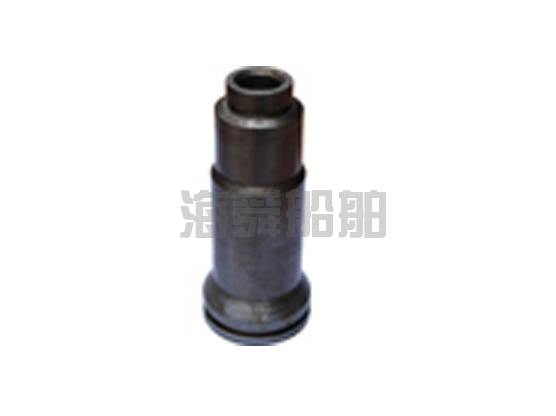Structure and function of cylinder head for marine diesel engine parts
1. Cylinder head working conditions and requirements
The cylinder head bears the mechanical load caused by the gas force and the tightening of the cylinder head bolts, and at the same time bears a high thermal load due to contact with high-temperature gas. In order to ensure a good seal of the cylinder, the cylinder head must neither be damaged nor deformed. For this reason, the cylinder head should have sufficient strength and rigidity. In order to make the temperature distribution of the cylinder head as uniform as possible and avoid thermal cracks between the intake and exhaust valve seats, the cylinder head should be cooled well.
2. Cylinder head material
Cylinder heads are generally made of high-quality gray cast iron or alloy cast iron, while gasoline engines used in cars mostly use aluminum alloy cylinder heads.
3. Cylinder head structure
The cylinder head is a box-shaped part with a complicated structure. There are inlet and exhaust valve seat holes, valve guide holes, spark plug mounting holes (gasoline engine) or injector mounting holes (diesel engine) processed on it. In the cylinder head is also cast a water jacket, intake and exhaust ducts and combustion chamber or part of the combustion chamber. If the camshaft is installed on the cylinder head, the cylinder head is also processed with a cam bearing hole or a cam bearing seat and its lubricating oil passage.
Cylinder heads of water-cooled engines have three structural forms: integral type, block type and single-piece type. In a multi-cylinder engine, if all cylinders share one cylinder head, the cylinder head is called an integral cylinder head; if there is one head for every two cylinders or one head for three cylinders, the cylinder head is a block cylinder head; The cylinder head is a single-piece cylinder head.
